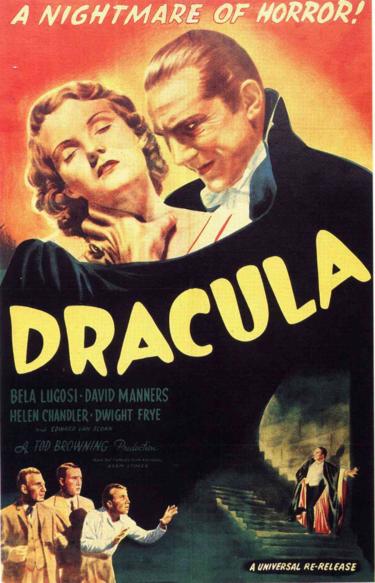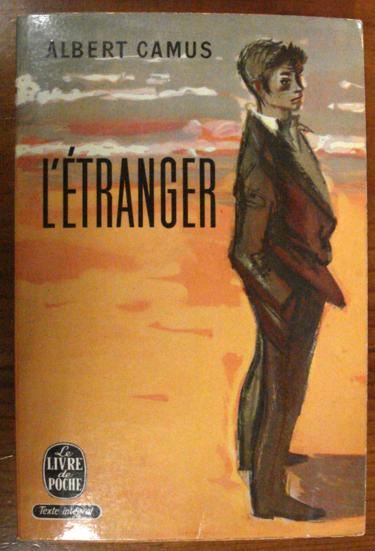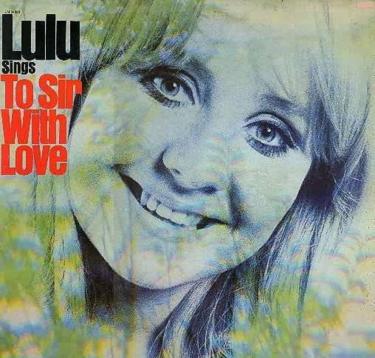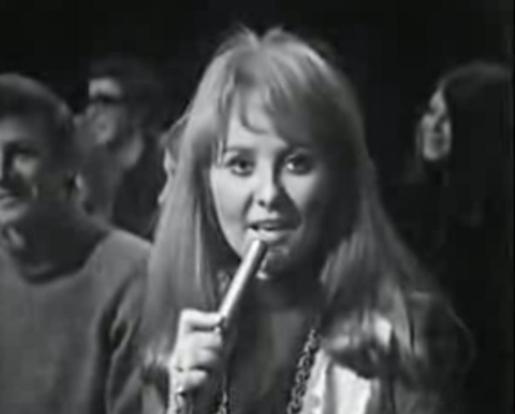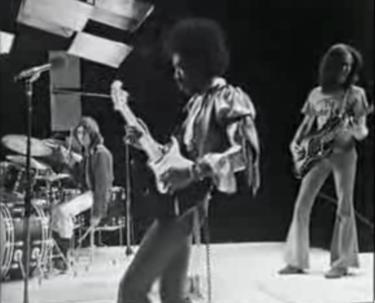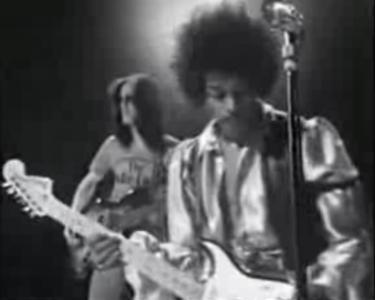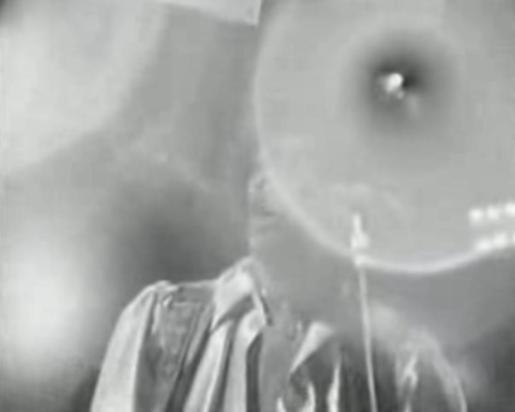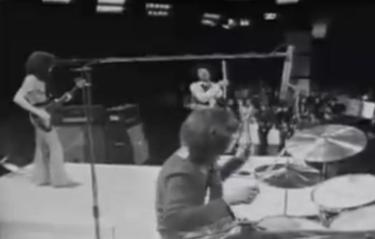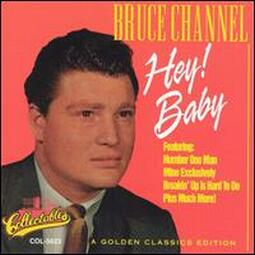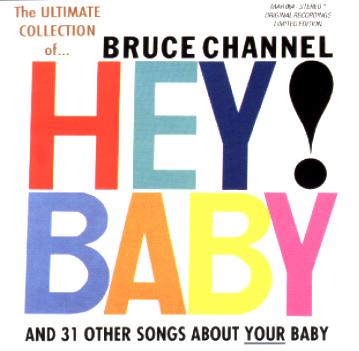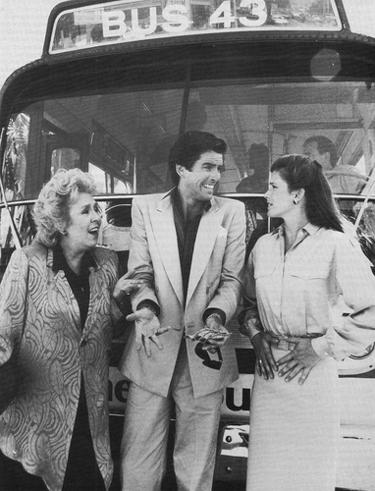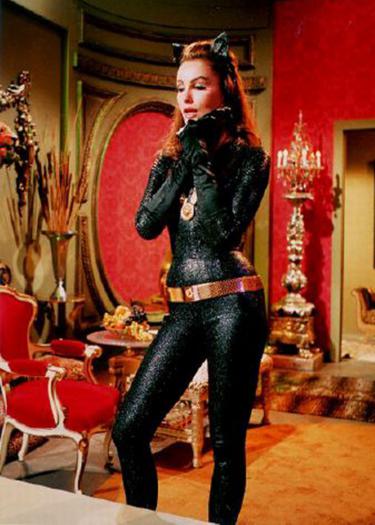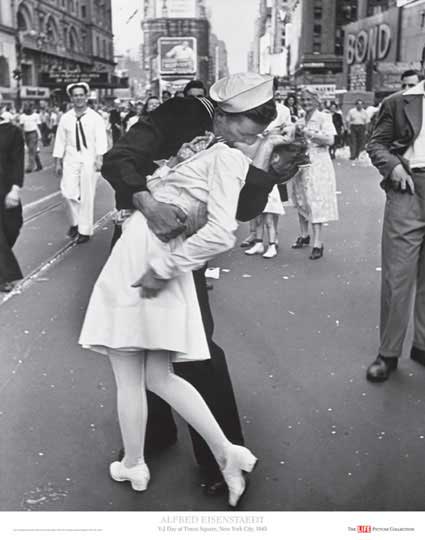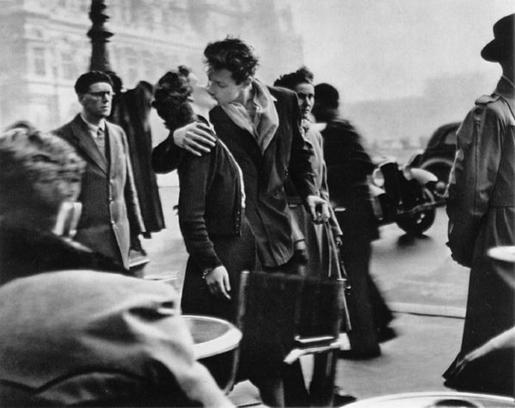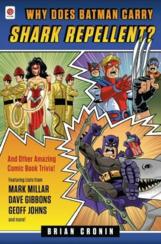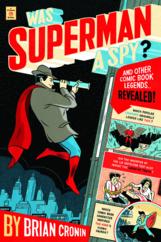Was the Car Chase in The French Connection Seriously Filmed Without Any Permits?
Here is the latest in a series of examinations into urban legends about movies and whether they are true or false. Click here to view an archive of the movie urban legends featured so far.
MOVIE URBAN LEGEND: The car chase in The French Connection was done without any permits.
It is often said that it is easier to ask for forgiveness than to ask for permission, and that seems to be the motto of the William Friedkin’s The French Connection.
The 1971 film The French Connection starred Gene Hackman and Roy Scheider as cops taking down a large delivery of heroin (the titular “French Connection”). Hackman plays “Popeye” Doyle and Scheider plays Buddy Russo.
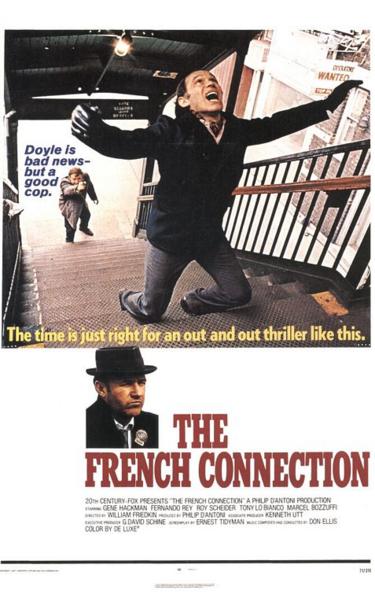
William Friedkin directed the film, which was based on the real life story of cops Eddie Egan and Sonny Grosso.
The film was a big hit, both commercially and critically. At the Academy Awards the next year, the film won the Academy Award for Best Film, Friedkin won Best Director and Hackman won for Best Actor (Scheider was nominated for Best Supporting Actor, but lost to Ben Johnson for The Last Picture Show).
For all the critical acclaim, though, the film is best remembered today for its dramatic car chase scene.
At one point in the film, one of the bad guys commandeers an elevated subway train to make his getaway from Popeye Doyle.

Doyle then commandeers a civilian’s car (a 1971 Pontiac LeMans) and proceeds to chase the runaway train from below.

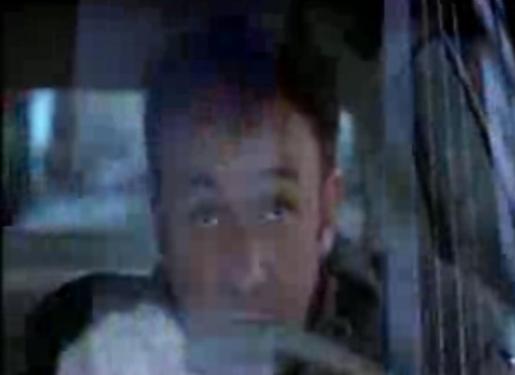

It’s a brilliant and breathtaking chase scene, highlighted by a number of specific stunts, including a collusion during an intersection…
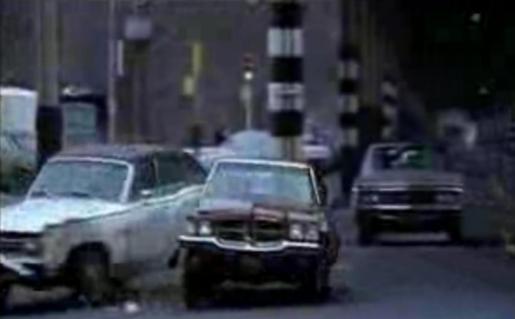
and Doyle almost hitting a woman and her baby…
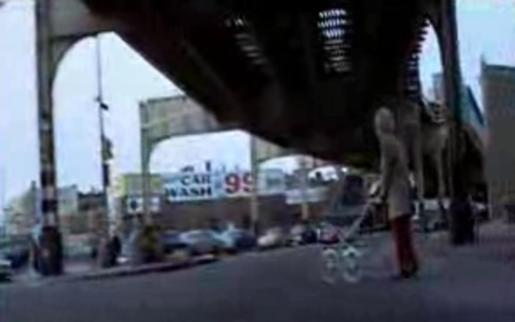
which, in turn, causes the car to hit a pile of garbage…

The whole thing was quite elaborate, quite dangerous and done…without the permission of the City of New York!!!
Read the rest of this entry »


